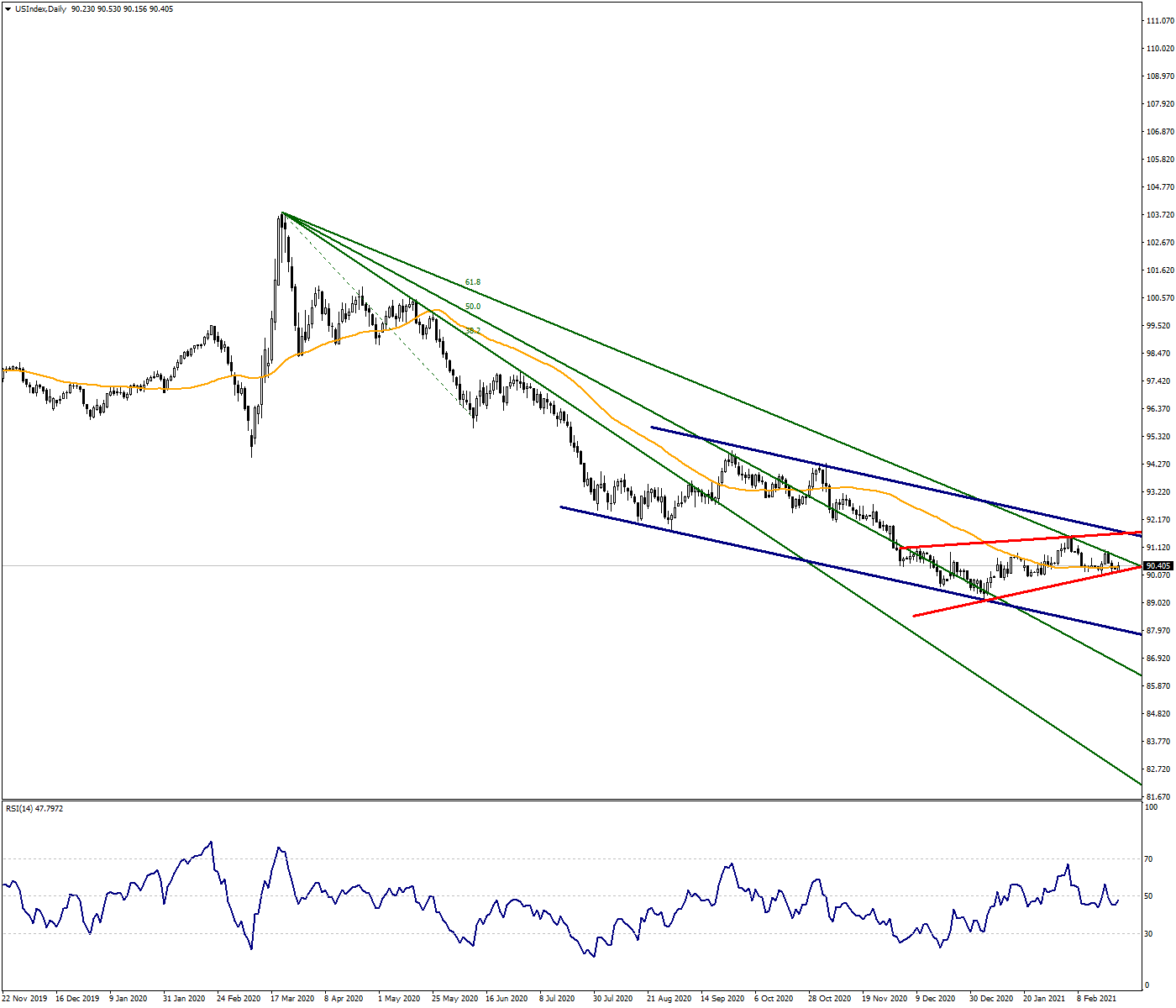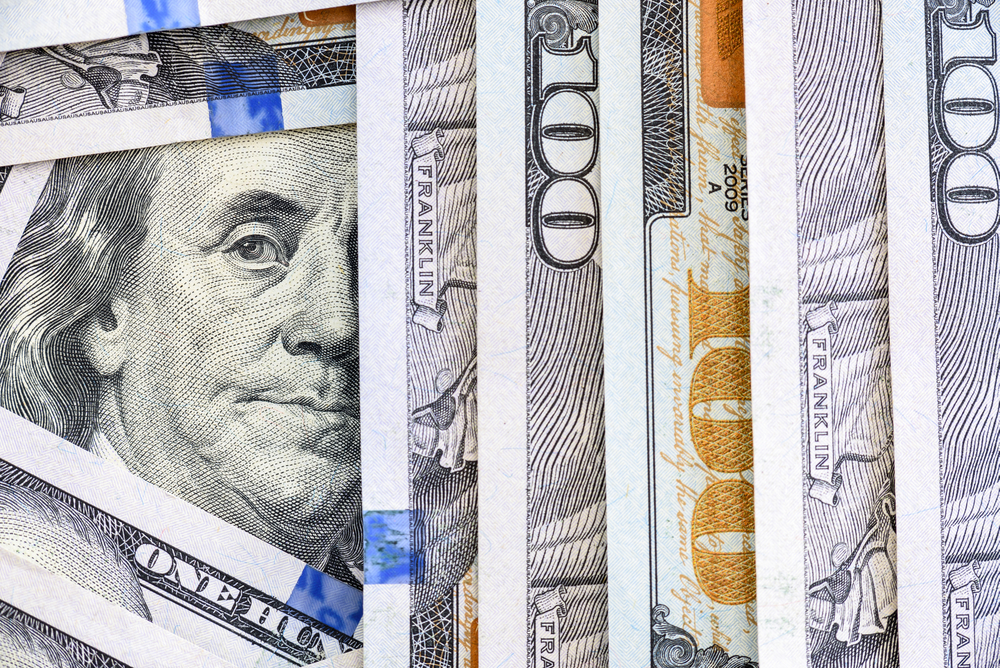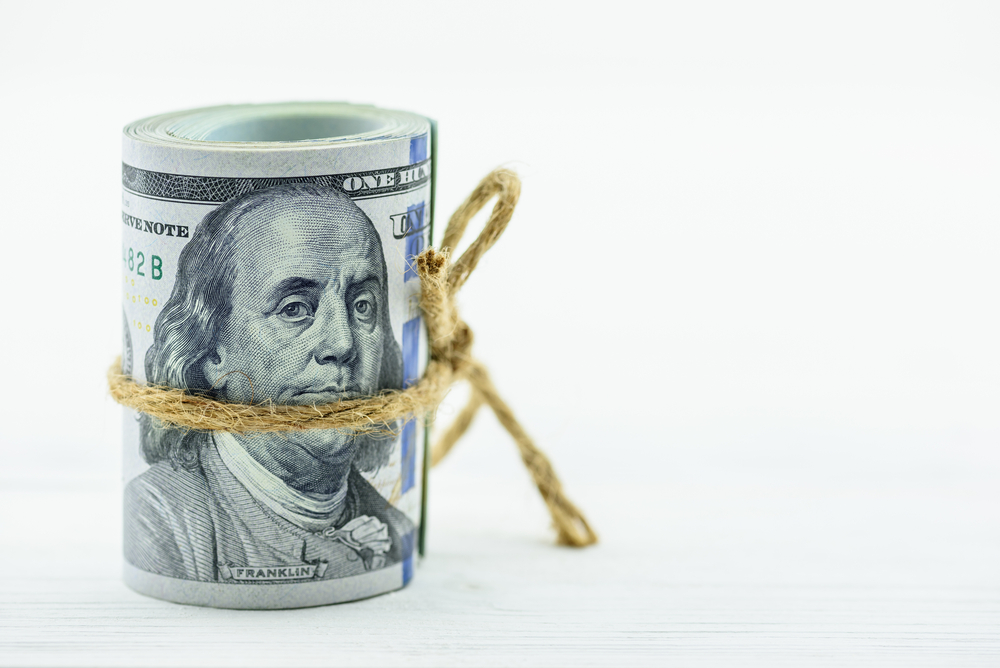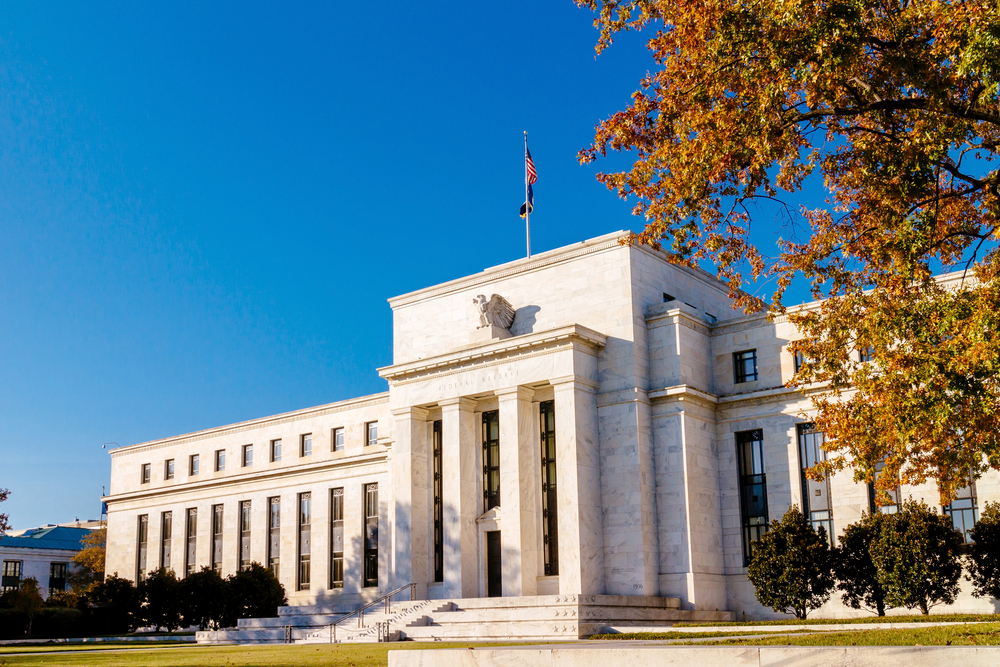Will US dollar's fall continue?
The steady depreciation of the US dollar, the world's most important reserve currency, against developed and developing currencies during the outbreak has raised the question that how long this cycle will last.
Markets met with the Black Swan effect when the Coronavirus outbreak was declared as a pandemic by the World Health Organization (WHO) in March 2020. The dollar index climbed to 103.00, its highest value since December 2017, in line with the demand for the dollar, which strengthened briefly in response to the sell-off panic in financial markets. After that, the Federal Reserve (FED) lowered its federal funding target to a0 to 1/4 percent as a result of extraordinary meetings and paved the way for unlimited monetary expansion, leading to the start of losses in dollar.
In order to minimize the economic damage of the Coronavirus outbreak, Fed applied to ultra-loose monetary policy, in addition to establishing swap lines with the central banks of developed and developing countries to increased dollar liquidity in the market. Accordingly, interest rates on US bonds approaching 0 percent also contributed to the suppression of demand for the dollar.
In the process, the Fed's $ 2.3 trillion lending program for households, small and medium-sized businesses, and states and local governments to help the U.S. economy survive the Coronavirus-triggered shutdown was important.
And in line with the CARES Act, 2.3 trillion USD ($290 billion in direct payments to eligible taxpayers, $260 billion in expanded unemployment insurance, $150 billion for state and local governments, $510 billion in expanded lending for businesses and local governments, $377 billion in new loans and grants for small businesses, and$127 billion for hospitals for ventilators and other equipments) were distributed and caused the loss in US dollar deepen. A direct payment of $ 1,000 to households that is referred as 'helicopter money' under this package also supported the situation.
Finally, Trump administration launched a $ 900 billion support package, which will increase unemployment payments by $ 300 per week and pay a total of $ 100 billion stimulus for helping small businesses. And cash payments to households were increased to $ 2,000 at the end of December.
On the other hand, after the 59th Presidential election in the USA ended with the victory of Democrat Joe Biden, it was very critical for the markets that a few hundred protesters supporting President Donald Trump, who lost the elections during the Presidential vote in the Congress, stormed the US Capitol. -Price movements in the past show that in the risky environment in the USA, which is the world's largest economy, market players demand the reserve currency, the dollar, as a safe haven asset. Although the dollar has lost momentum significantly in this process, the downward trend kept going. The dollar index, on the other hand, has not been able to maintain momentum, although it has recovered to 91.10 after falling to 89.10, the lowest level since April 2018.
Democrats’ Support
Joe Biden became the POTUS on January 20, 2021 and formed a cabinet quickly. Democrats won the majority in the House of Representatives and Congress in the election and they were expected to deploy wide-ranging financial support. And Joe Biden, meeting those expectations, announced a $ 1.9 trillion bailout package to accelerate the fight against the pandemic and stimulate the economy. The Bill, which is planned to provide $ 400 billion to fight Covid-19, more than $ 1 trillion in checks to be paid directly to citizens and $ 440 billion to communities and companies, is expected to be signed into law in March, although negotiations between Democrats and Republicans continue for now.
Despite the new Treasury Secretary Janet Yellen's statement at the Senate that the weak dollar should not be the target, the expansion of federal budget, which had a historical deficit in 2020, and the existing subsidies play the key role in continuous weak course of the dollar. In other words, alongside the Fed's ultra-loose monetary policy, the strong expansion of the federal budget will support the current account deficit, which is at a 12-year peak, and dollar will continue to decline. This decline will probably keep going until the Fed gives signs of a change in its asset purchase program in the context of the apparent inflationary pressure on prices through the imports in the US economy, which is showing signs of warming.
Technically, the dollar index, which showed a moderate recovery as of January, did not exceed Fibonacci 61.8 percent fan line. Then, the index fell and gave the signals of a 3rd wave of decreases. If it breaks 90.00 support and puts an end to the ascending wedge pattern, it will possibly deepen to 89.60, 89.10 and 88.40 support levels. It is really hard to recover for the index, unless it exceeds 91.00 and 91.50 resistance levels.





